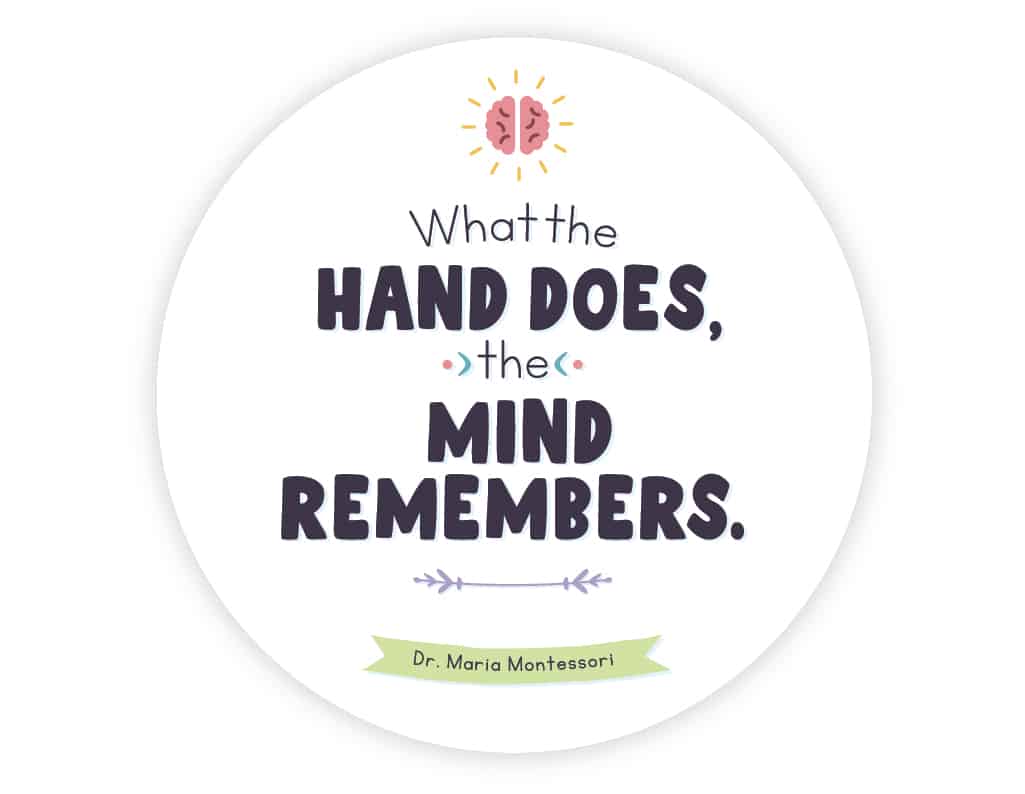Montessori’s 4 Planes of Development: Spotlight on Elementary Growth
After teaching elementary for 15+ years and seeing my step-daughter, Taylor, go from preschool to university grad, I’ve gained a deeper understanding of the Montessori planes of development.
If you have been hanging around the Montessori world for any length of time, then you have probably heard about the four planes, or stages, of development.
And even if you haven’t heard of them, let me tell you this – it’s worth learning about these phases of growth if you have or work with students up to the age of 24.
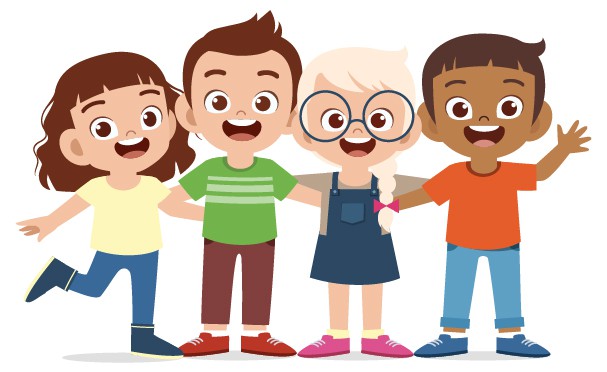
This blog will explore the four planes of development, particularly focusing on the characteristics and growth of the second plane child, aged 6 to 12 years.
The Montessori Planes of Development
Children exhibit certain needs and attributes at each plane of development. By observing children across the world for decades, Dr. Maria Montessori noted common characteristics at certain stages of life.
She used her findings to create what we now know as the Montessori four planes of development.
Known as sensitive periods, Montessori’s research outlined that children undergo phases of intense developmental change during each of the four stages of growth.
Before we really dive into the second plane of development, let’s explore all four Montessori stages of development.
The Four Planes of Development
Discover the Montessori planes of development in this captivating infographic. Explore a child’s transformative journey from birth to adulthood, revealing their holistic growth and self-realization.
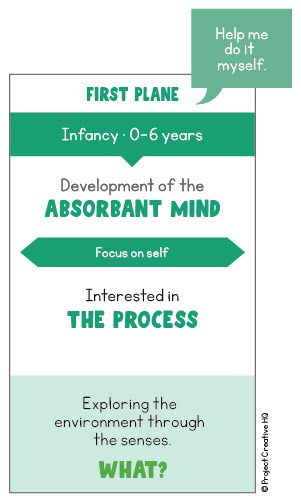
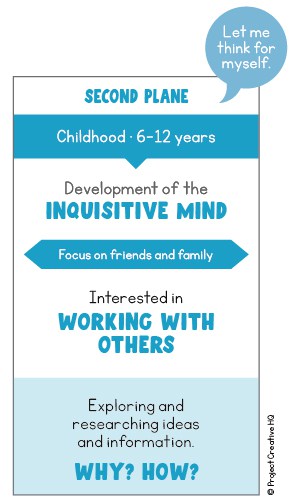
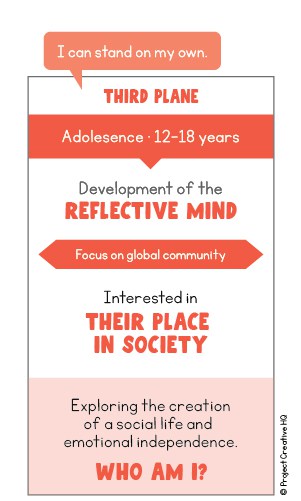
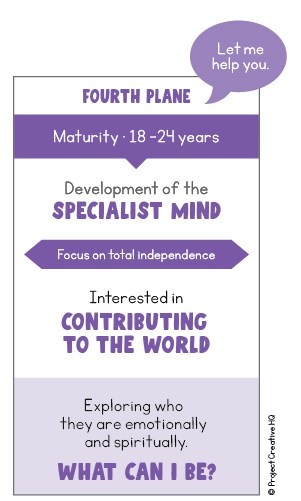
The First Plane: 0-6 years
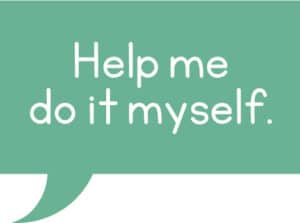
The child absorbs everything from their environment in this phase. Like a sponge, they are taking it all in! Montessori called this the absorbent mind.
The child in this plane is exploring their world with their senses. They don’t want to know why, they want to feel what it is. As a result, using their hands to connect with their learning is very important.
To support this need to connect the hand and the brain, the Montessori classroom has manipulative materials available to students that enhance their learning.
The materials play to different senses and allow the child to experience learning with their own hands.
The Second Plane: 6-12 years
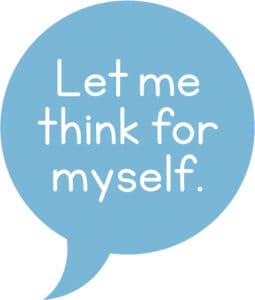
The elementary-aged child is fascinated by the how and the why of the world around them. This is known as the inquisitive mind.
The second plane of development, according to Montessori, also outlines the development of morals. Justice, fairness, and moral order are explored and desired.
In tandem social construction begins. Working in groups becomes interesting and really important to their development.
The Third Plane: 12-18 years

In this phase, known as adolescence, students have a strong connection with the community. Here they are exploring and concerned with their place in the world.
While exploring who they are and where they fit, adolescents are more reflective at this stage and become emotionally independent.
Sure they like to sleep late and have a hard time completing chores, but think of it this way, they are going through immense physical and psychological change. They need time to figure things out for themselves.
The Fourth Plane: 18-24 years

Here in this phase of maturity, a strong and confident adult emerges. This new adult finds it possible and important to pursue their interests.
This is where total independence is formed. Contributing to the world begins. They prepare for and begin productive employment.
They are ready to give back and serve others. It’s when learners transition from being seen as children to young adults.
Want to read more about the Montessori four planes of development? Check out Dr. Maria Montessori’s book The Four Planes of Education.
Exploring Montessori’s Second Plane: The Elementary Child
Now that we’ve explored all four planes, it’s time to take a closer look at the second plane of development. This plane is all about the elementary child, and that’s my specialty!
Ah, the elementary child. What’s not to love? Though they do have a lot going on!
They’re faced with big changes physically, mentally, and emotionally.
In order to positively support and guide the elementary child through the 2nd plane of development, it’s really important to understand what they’re going through.
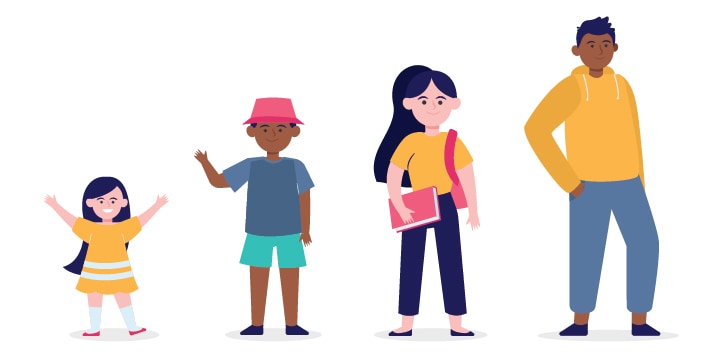
Between the ages of 6 and 12 children experience great growth physically. The child loses their first tooth. Those adorable curls of infancy straighten out and their hair becomes thicker.
However, what stands out greater than their physical development is the capacity for immense mental growth.
At this stage the inquisitive mind of a child is budding as they are looking for their place in the world. The first stage of development, the absorbent mind, gives way to the world of abstract thought.
The Montessori second plane of development has the child transitioning from ‘help me do it myself’ to ‘I can do it myself’. They want to explore on their own, they want to find their own way to solve problems.
These significant milestones mark the beginning of the next phase of development. Dr. Maria Montessori describes the second plane as containing three sub-phases of psychological development:
🧐 Intellectual development
😉 Moral development
😎 Social development
It is important for teachers, parents, and caregivers to recognize what is taking place within the elementary child in order to best guide them to their full potential.
🧐 Intellectual Growth in the Second Plane
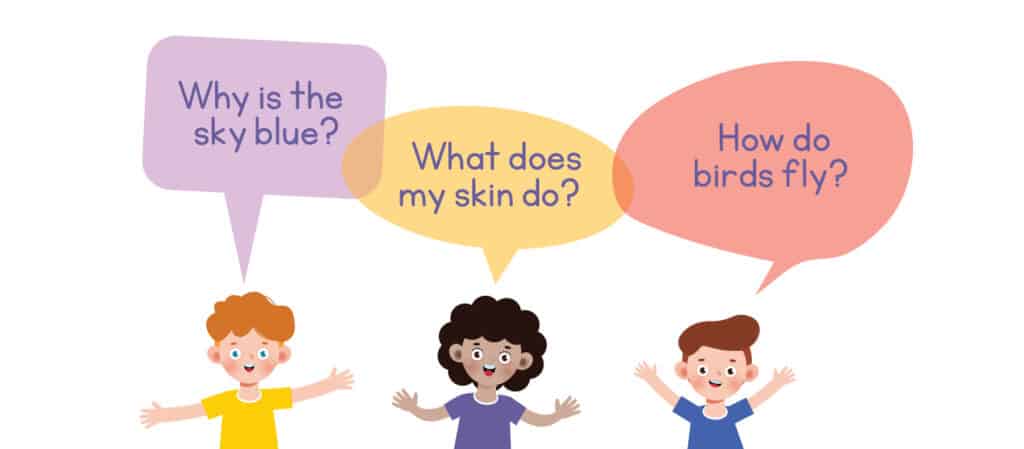
As we’ve discussed, the child in this stage of intellectual development has the internal need to know the why, the what, and the how of the world around them.
Why is the sky blue? What does my skin do? How do birds fly? The questions are exciting and endless.
While the child’s mind is still absorbing, it is becoming an inquisitive mind able to process and organize information. In addition, the child is able to recall this information and apply it later on.
Recalling Previously Learned Information
It’s really rewarding as a teacher to see this happen in the classroom. Seeing students apply previously learned information to new concepts and the pride in their eyes and voice when they bridge information together.
I’m grateful to be able to witness these moments of recall!
For example, I recall a Biology lesson about the human body, where students and I discussed how human skin functions as the initial protective wrapping, or barrier, for the body.
Over the course of a few lessons, we explored the three layers of the skin and talked about how our epidermis was showing.
Months later, maybe even a season of time had passed, the students from that Biology lesson recalled the information they learned about skin when a student tripped on their undone shoelace in the hallway and landed directly on their knees. No piercing of the skin, but the bruising started automatically.
The students let the injured child know that their internal bits and pieces are still intact because the skin is protecting them. It was quite the sight as students reveled in tracking the bruise colouration of the healing student’s knees over the course of weeks.
Side note – I do have to mention that the child who tripped became a huge advocate for making sure everyone’s shoelaces are tied. Teachable moments do exist everywhere.
The Hand and Brain Continue to Work Together
Even though they are becoming more abstract thinkers, they are still very sensorial at this stage and need to be tinkering with their hands.
Montessori believed that the hand and the mind work together to aid a child in not only learning concepts but understanding them. As a guide in a second-stage classroom, I agree one hundred percent!
The hand acting for the mind is able to put us in touch with the world and lets us add to it.
Children in the second plane of development are interested in exploring the environment around them, experimenting with new materials, and learning from the outcomes of their experiments.
Project work and problem-solving exercises are of great importance in the Montessori second plane of development. The child wants to search for answers within their surroundings and call upon old information stored in their brain to help generate new information.
It is our job to keep the intrinsic motivation to learn and grow active at this stage of intellectual development. This is our opportunity to inspire students to keep asking questions and seek out the answers themselves.
So get those activities out that will spark them to keep on learning.
To quote Dr. Montessori, “The goal of early childhood education should be to activate the child’s own natural desire to learn.”
If you are looking for activities that make learning fun and inspire students to work, look no further.
Check out our list of vocabulary development activities as well as our suggestions for Montessori-aligned math activities for elementary students. We also have some great math dice games, dice games with three dice and rebus puzzles for kids for your elementary kids to try out.
Fun fact – There are freebies in all of the blog posts linked above for you to enjoy with your students.
💡 The mind also remembers things that are fun!
And when games are used to supplement learning, the benefits come in abundance. This is what we call learning in disguise!
Click here to read more about the benefits of using games in the classroom!
😉 Moral Development in the Second Plane
Deciphering right from wrong and good from bad is a big part of the child’s moral development. This is one of many reasons that conducting experiments with students in the second plane is vitally important
At this stage, children are introduced to the notion of consequences. It is Newton’s Third Law that states “for every action, there is an equal and opposite reaction”.
Exploring Actions and Consequences
There is a need within the child to figure out what happens when you mix X with Y and then add some Z. An explosion? A change of colour? A delightful aroma? An angry parent or teacher?
They want to have hands-on experiences with actions and consequences. It is with the Montessori method that students have the opportunity to explore in a safe and controlled environment under the guidance of specially trained teachers.
It’s Not Fair
Now, when things do not go the elementary child’s way or when they are unable to be of assistance a situation becomes “unfair”. I’ve heard those words uttered countless times throughout the school year.
There lies a strong sense of justice and perceived fairness within the child in the second plane of development. Following the rules, or pushing the limits, at this phase of change becomes very important.
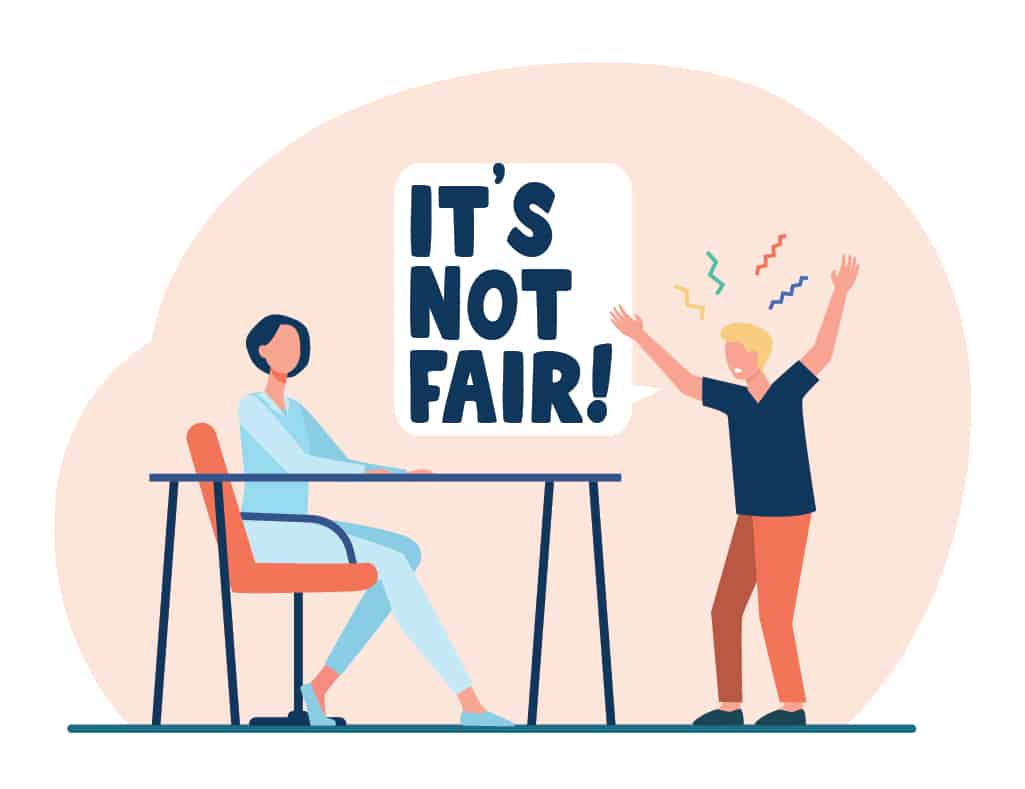
It is in this moral stage of development that we as adults must provide the best example to children as their role models and guide them through the process of exploring, and even pushing their boundaries in reason.
We all know that when you try new things it can be challenging, it might seem unfair and could end in failure. But do our students know that yet?
A child in the Montessori second plane of development is social and wants to talk. Encourage them to express their feelings by having an open line of communication.
And just for fun, help them find some new words to aid them in expressing how they feel. Words are powerful, and super beneficial during moral development.
No Comparison of Marks
In the classroom, children learn to work freely for themselves and need not worry about the effort of others.
Because there are no marks in the Montessori classroom, learners are less likely to judge each other or feel like they are in competition with one another.
Can you believe it? There is no comparison of grades. The focus is taken off of the child’s ability to perform on a specific test and shifted to the child being an individual able to make their own choices.
This is one of many differences between a Montessori classroom vs traditional schooling. Montessori guides do not teach to a test, they teach to develop life skills and confidence while fostering a love of learning.
Through opportunities to practice well-thought-out decision-making and encountering consequences, the second plane child is learning that what they do in their life has a direct effect on the outside world. Moral development at its finest!
😎 Social Development in the Second Plane
Children in this phase of great change are no longer introverted individuals. As they develop intellectually and morally, they also begin to expand their social groups.
Group Play is the Way
There is a strong need for acceptance amongst their peers and this can be seen by the creation of micro societies on the playground.
Children play in groups, create secret languages, and follow subconsciously elected leaders in order to separate themselves from adults.
Montessori termed this notion ‘the herd instinct’. Whatever they do at this stage they tend to do it in groups.
It is important for children to experience the independence associated with being a member of a group. The Montessori method of education promotes this desire of the child by offering exercises that are carried out in small groups.
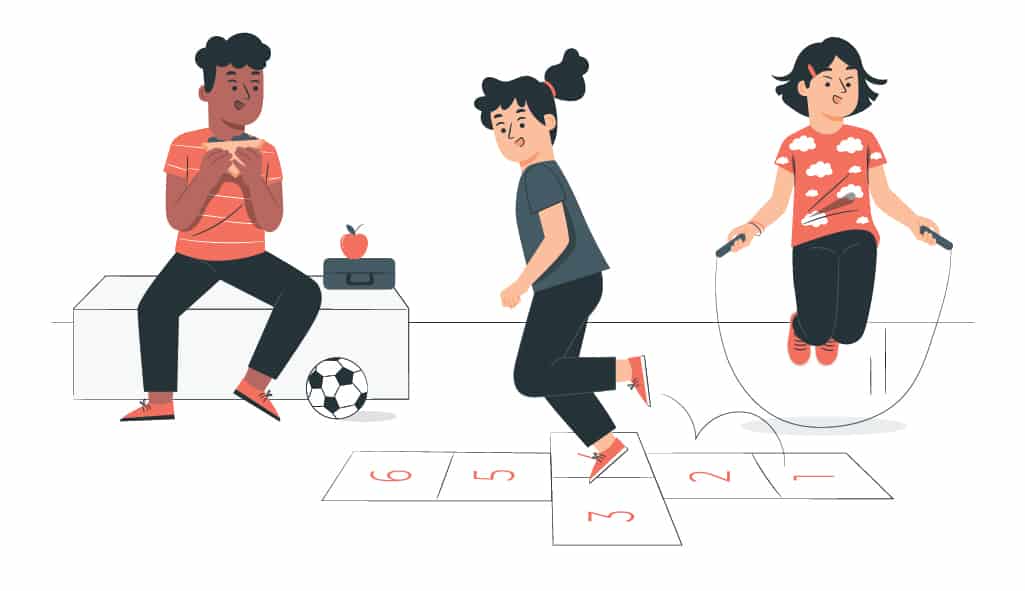
Working With a Variety of Peers Prepares Students for Life
The Montessori planes of development provide valuable insights into the importance of working with others in small groups. As children navigate these diverse interactions, they develop essential skills to effectively navigate various personalities, ultimately preparing them for life beyond the classroom.
A Montessori elementary program will usually have two levels, lower elementary and upper elementary. Students from grades 1 to 3 are taught together in lower elementary while students in grades 4 to 6 make up the upper elementary classroom.
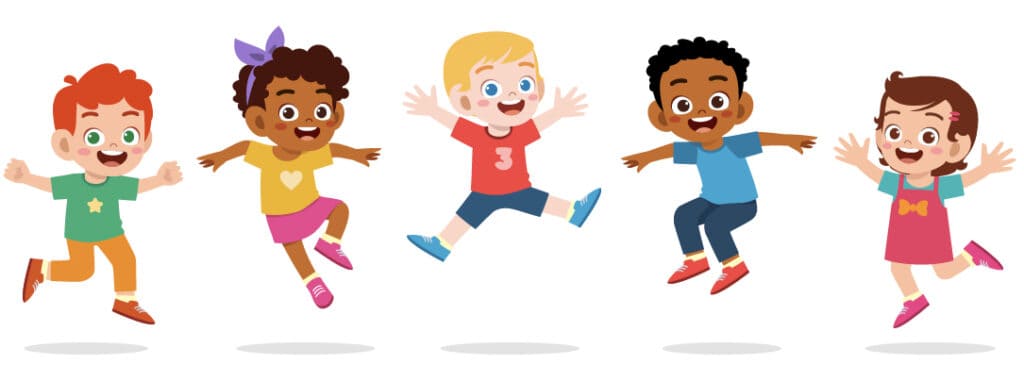
While students of the same grade level share lessons together in small groups, there are some instances where all students are given the same presentation at once. This is one of my favourite aspects of a Montessori environment!
For example, when working with the racks and tubes math material students may work with a partner or a small group of students that are at their level.
On the other hand, the Montessori great lessons are presented to the class as a whole. There are so many opportunities for students to learn with and by their peers.
These multi-age groupings create an environment that allows varying ages of children to work and socialize together, helping each other learn and grow. While it is beautiful to see, it serves a purpose. A mixed-age classroom encourages students to aspire to the achievements of older classmates and to take on mentoring roles.
The child’s natural tendency to interact socially and to seek one another’s company is an important part of the Montessori second plane of development.
Boundless Mental Growth in The Second Plane of Development
It is clear that the second plane of development is a time of great physical change; however, what stands out is the capacity for boundless mental growth. Children are subject to a shift in the intellectual, moral, and social aspects of their life.
During the elementary years, children are capable of accomplishing a great deal of work. It’s important for the support system around the second plane child to acknowledge and consider the changes that are occurring within and all around them.
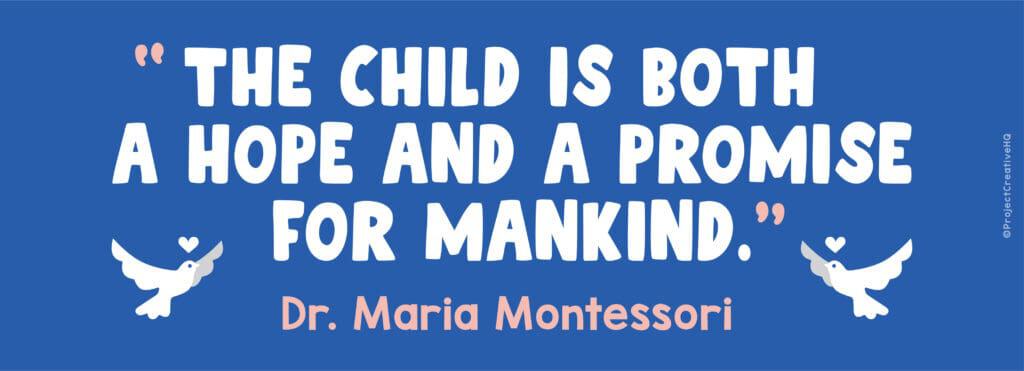
As an upper elementary teacher, I pride myself on connecting with each student individually. I talk to them about more than just the academic subject matter we have on the go.
When we know the student in front of us we can better guide their learning process and maintain their engagement.
By understanding and being understanding of what the child is experiencing throughout the second plane of development we can become better role models for the children in our lives.
🤩 🤩 🤩
We created an activity book that is perfect for the child in the second plane of development.
Click to read why your elementary kids need the Draw, Doodle, Scribble, Think, Create Activity Book.
🤩 🤩 🤩
The Wrap-Up: The Montessori Planes of Development
Embrace the significance of the Montessori planes of development as you continue to be a positive role model for elementary children, especially during their second plane journey.
By showing genuine belief in them and understanding their distinctive needs, you empower their pursuit of knowledge and guide them through this exhilarating phase of self-discovery amidst our ever-changing world.



